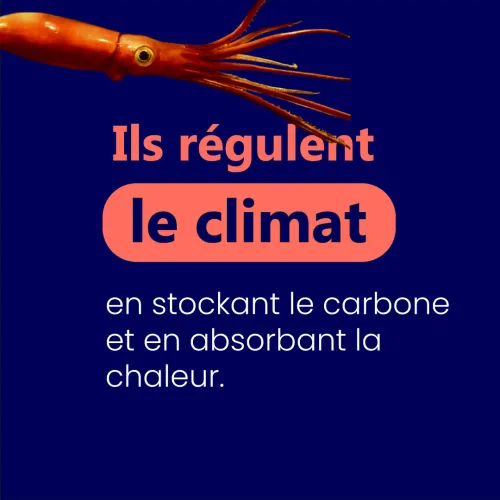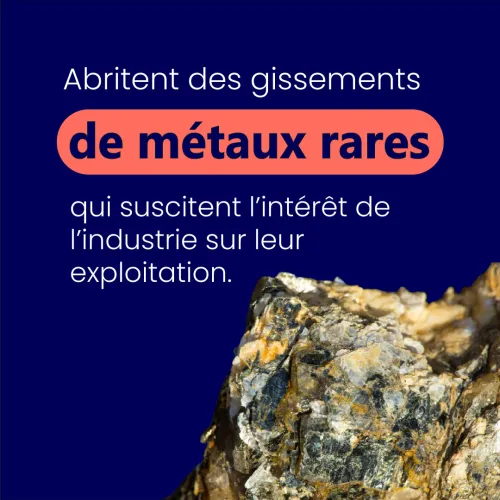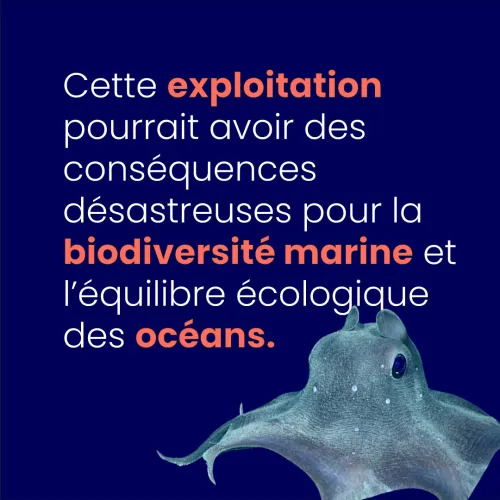Abyss 7mn
14 things you just have to know about the abyss
Find out more about what lies beneath the surface, all the way down to the farthest depths of the ocean.
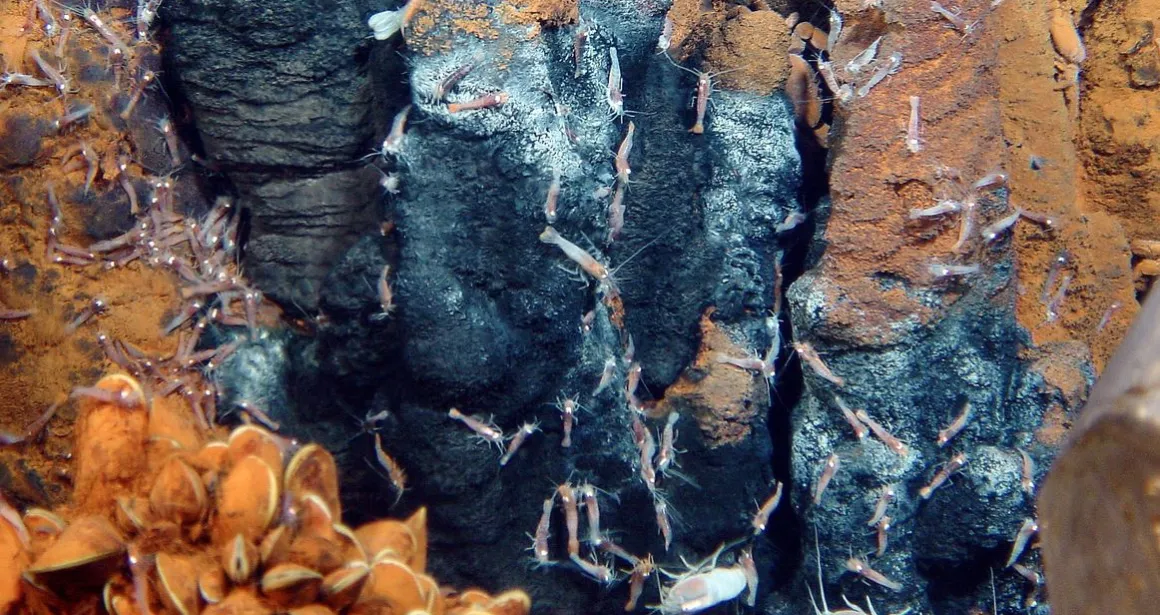
The abyss is synonymous with mystery, depth, darkness, strange animal species and ocean trenches 11,000 metres below the surface of the ocean.
However, the deep seabed is a hot topic in the news because the mineral resources it harbours are attracting a great deal of interest. Negotiations between States are underway to establish a framework to govern the mining of these mineral resources in international waters.
France opposes deep-sea mining, while other countries such as China advocate it. To gain a better understanding of what is at stake in the deep seabed, we’re going to dive into the depths of the ocean and discover what the abyss is all about.
Where does the abyss begin?
The abyss is the deepest part of the ocean where no light ever penetrates (at depths of 2,000 m or more). The abyssal plains that make up most of the ocean floor lie between 3,000 and 6,000 metres below the surface.
10,912 m: the deepest point in the ocean
On six occasions, the call of the deep has drawn men to the deepest point of the ocean, in the Mariana Trench to the east of the Philippines. They dived down to a depth of almost 11,000 metres.
Who were these pioneers of deep-sea diving?
- In 1960, the Swiss Jacques Piccard and the American Don Walsh descended in the bathyscaphe Trieste and were the first to reach the bottom of the Mariana Trench.
- In 2012, James Cameron, the director of Titanic and The Abyss, also dived there aboard the Deepsea Challenger.
- American explorer Victor Vescovo reached the bottom of the trench in 2019. In 2020, he dived with Kathryn Sullivan, the first woman to have spacewalked in 1984 and the first woman to reach the deepest point of the ocean.
- In 2020, it was the turn of Chinese scientists to dive into the depths of the ocean.
Since then, around twenty other people have had the opportunity to discover the Mariana Trench.
To begin with, it's cold... (and even colder at the bottom of the oceans)!
The deeper you go into the ocean, the more the water temperature falls, dropping to 2°C from a depth of 1,000 m to the deepest depths, regardless of the region or season. In 75% of ocean waters, the water temperature fluctuates between 0° and 6°C.
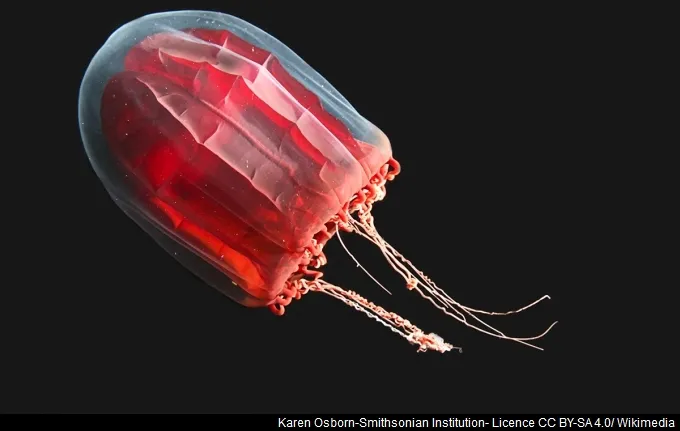
There’s life in the abyss... and plastic
Is anyone down there?
Living conditions in the depths of the ocean are extreme: no light, very little food, freezing temperatures and overwhelming pressure! However, they do not prevent life from developing there: fish, bacteria, jellyfish, octopuses, invertebrates, sharks, etc. can all be found there.
And one, and two.... and 10 million!
Ten million, this is the number of species, from plankton to the largest marine animals, that could exist in the abyss. Biological diversity with fascinating potential that remains to be discovered. Today, 25% of the oceans have been mapped, But only 5% of the deep seabed has been accurately explored.
Coral in the abyss!
It's astonishing! Corals can be found in the deep sea. These corals, which are known as ingenious species, create a new living environment through their activity and serve as a habitat for many other species such as young fish.
Plastic is everywhere, even down at 11,000 m
Even the depths are not spared from pollution. A plastic bag was found in the Mariana Trench. 89% of the objects found are made of plastic, often disposable items such as cutlery.
Adaptation and survival in the deep
Life in the abyss
To live in such extreme conditions, adaptation is essential. With protruding eyes to capture the little light available, bioluminescence to communicate or hunt, or even to camouflage themselves, and enormous jaws with sharp teeth, the animals living in the extreme depths are often small in size but can be very scary!
Such pressure under the ocean!
Given that the average pressure due to air at the surface of the sea is just over 1 bar, and that it increases by 1 bar every 10 m of depth, what is the pressure exerted in the deep trenches at -10,000 metres?
The correct answer is 1,000 bar, or more than one metric ton per cm², which is equivalent to the weight of a small car on a postage stamp! It is now easier to understand why it is more difficult to go to the bottom of the ocean than into space, and why animals living at great depths cannot survive if they come up to the surface.
Abyssal menu: whale corpse on a bed of flurrying detritus
The amount of food available decreases the deeper you go. In the great depths, food is limited to a "flurry" of organic detritus falling down from the surface. Animals that live on the seabed filter the sand to find food scraps.
When a whale corpse sinks into the abyssal plain, hundreds of animals come to feed on this providential feast. To prepare for potential food shortages, scavenging animals build up energy reserves and slow down their metabolism to cope with periods of fasting.
The abyss, an uncharted, abundant and vulnerable environment
It's hot in the abyss!
In some places in the abyss, there are ocean springs where the water has been heated by coming into contact with the magma that burns inside the earth, reaching temperatures of 400°C. When the water spurts out, the minerals in the water create hydrothermal vents that attract endemic species.
A deep-sea oasis thrives here, with giant worms, white crabs and ghost-like fish - an ecosystem that thrives without the energy of the sun.
Life in the abyss is vulnerable
The abyss is not spared from human activity. Deep-sea fishing, pollution, hydrocarbon mining, maritime transport and land-based activities are responsible for 80% of the pollution in the sea. Lastly, rising ocean temperatures can also be witnessed at great depths.
The abyss, a wealth of riches to be preserved!
The potential of the abyss, a little-known ecosystem, is enormous: biodiversity, molecules of therapeutic interest and mineral resources. Consequently, their exploitation must be reasoned and controlled in order to benefit everyone. The seabed and subsoil of the high seas, known as "The Zone", have been declared a Common Heritage of Mankind.
Deep-sea mining - beware, danger!
The International Seabed Authority, an autonomous intergovernmental body created under the aegis of the United Nations in 1994, monitors activities relating to seabed mineral resources in the international zone beyond the limits of national jurisdiction (exclusive economic zone).
Discussions are currently underway to decide on the future of these deep seabeds. While some States (and private companies) see this as an opportunity to mine minerals as part of the energy transition, others are concerned about the consequences of mining these resources for ecosystems, their biodiversity and the climate.
Abyss and climate
The ocean plays an essential role in regulating the climate through its ability to absorb the CO2 produced by human activities. This represents around 30% of the CO2 emitted into the atmosphere. By absorbing and storing the primary greenhouse gas, the ocean plays a fundamental role in regulating the climate. Mining ores such as copper, manganese and cobalt in the abyss could “release” the CO2 and methane that have been sequestered in the sediments on the seabed.
We must join forces to protect the deep seabed!
Nausicaá endorses France’s position against deep-sea mining and will use every means at its disposal to raise awareness and mobilise as many people as possible in support of a moratorium.


